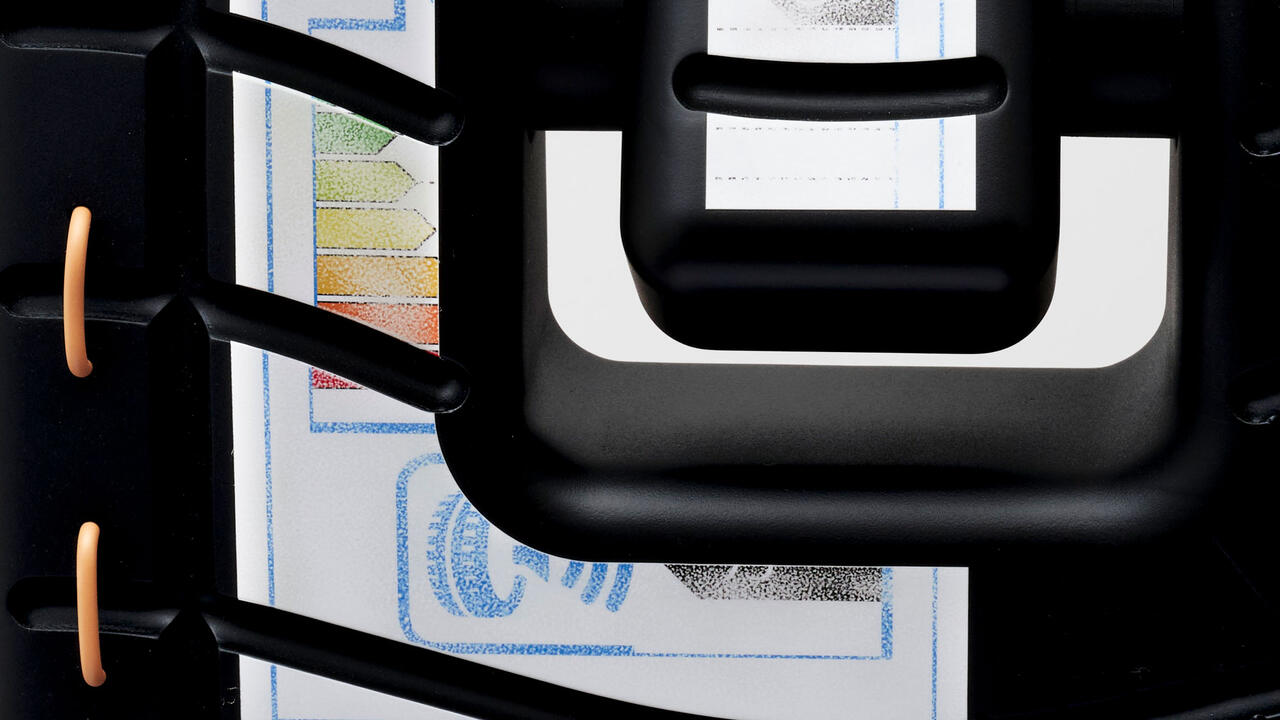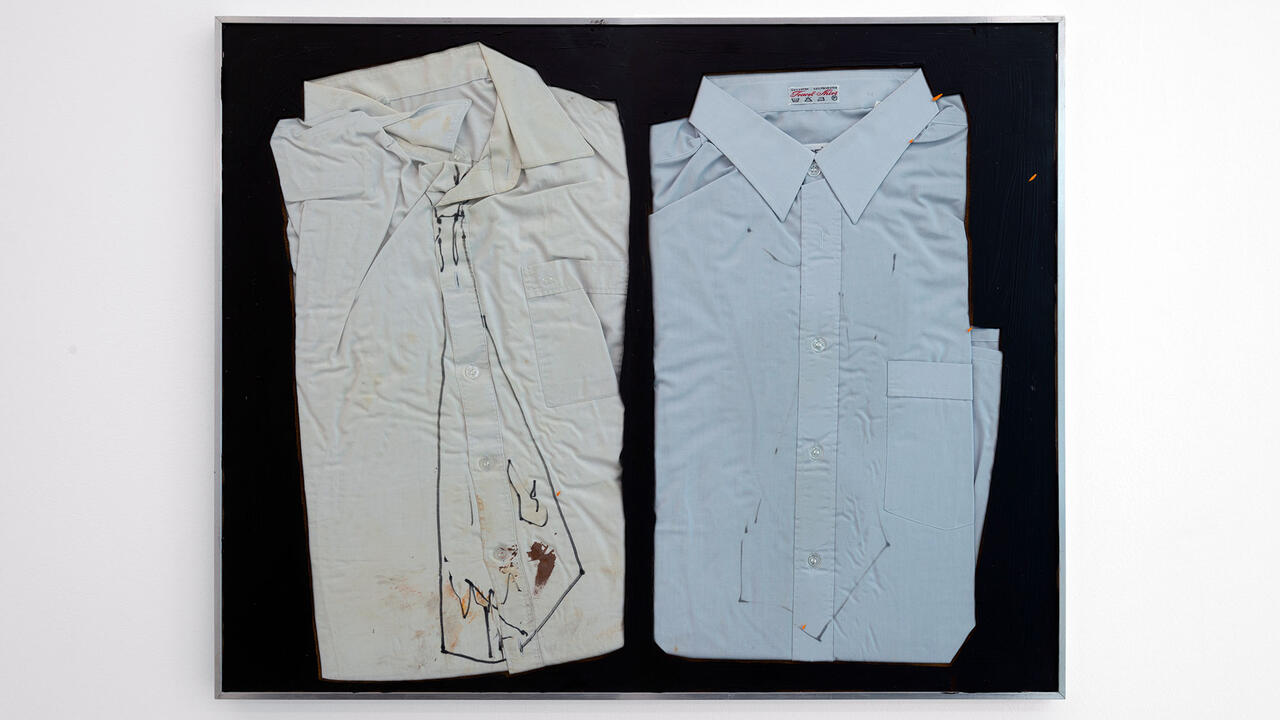Alfred Wallis
'I don't use the paint artists use...' wrote Alfred Wallis, ex-seaman, ice-cream maker, rag and bone man and resident of St. Ives, Cornwall, 'mine's the real paint'. Making pictures on scraps of board, coloured paper, old calendars, blotters and boxes from yacht paint, pencils and the end of a sharp paint brush, Wallis unconsciously anticipated some of the most significant art movements of the 20th century.
A prolific artist who made hundreds of small pictures from 1925 (when he was 70), until his death in a workhouse in 1942, Wallis was also a devout, eccentric Christian who made music on an organ of his own invention and was tormented by his 'wireless head' that could absorb messages from the devil down the chimney. The 50 examples of his work in this show reveal his confusion about an existence shaped by both absolutes and ambiguity, a theme he obsessively explored in images of an environment that is constantly threatened with turmoil and obsolescence.
With the restraint of a hard-core Minimalist, Wallis wrote 'I do not put Collers what do not Belong'. His aesthetic never developed in a conventional sense his earliest paintings are similar in tone and feeling to his later ones. But in his repetitions, he struggled with the futility of attempting to understand surroundings that revealed, in the act of description, a terrible absence of stability and reason. Skewed perspectives jostle with boiling oceans beneath an occasional signature that moves from childish scrawl to elegant, old fashioned script. In Godrevy with Boats Sheltering (1939), for example, boats almost capsize beneath a sky that precariously frames Wallis' name. In Three Orange Lighthouses of the same year, boats and lighthouses are turned upside down to penetrate a weird, apocalyptic sea the only sanctuary, the port, is infused with a gentle, hellish glow. Often the horizon disappears as the ocean overwhelms its inconsequential travellers, as in Schooner with Yellow Lighthouse (1936) or Two Boats sailing a Huge Wave (1936), where the image is filled with such a sense of anxiety that even the water tilts nervously.
Wallis wrote that after the death of his wife he painted to 'keep himself company', but it was not women or men who would talk most eloquently to him. Like Wallace Stevens for whom 'people might share but were never an element, like earth and sky', Wallis painted the human figure as a vague unformed shape, a passenger in vehicles that function as literal metaphors, transporters of ideas and of states of minds. His jagged-edged supports mirror the splitting, tumbling and dissembling that happens within the picture plane, a crude Cubism that finds echoes in the high-Modernism of Ben Nicholson, who 'discovered' Wallis, painting with his door open and 'looking like Cézanne', on a walk with Christopher Wood in 1928. The work he bought from him was the first Wallis had ever sold. Later, Nicholson was to be vocal about the influence Wallis' work had on the development of his own visual language.
'Each man calls barbarism what is not his own practise' wrote Montaigne in the late 18th century. As an artist who fused social marginality with a formal originality, Wallis is usually described in terms of 'primitivism', 'naive' or 'outsider art', polite descriptions for a kind of classy, acceptable barbarism. The reality of any life always fractures the neat categories that history attempts to impose on it. Wallis' struggle with self-expression certainly defies Dubuffet's simplistic definition of the art brut artist as one whose work 'glows in a pure state'. Apparently, Wallis never considered his paintings as paintings so much as actual events. With his use of ephemeral materials and emphasis on process, every image he made embodies its inevitable dissolution, a dream-like pre-empting of the de-materialisation of the art object. His complex preoccupation with subjective mythologies, familiar materials and the creation of objects that functioned without the support or corruption of Capitalist systems of exchange, was a process that was explored within the paradigms of 'high art' later in the 20th century in movements such as Fluxus, Arte Povera and Land Art.
Alfred Wallis' job as a traveller and rag and bone man lends a deeply symbolic, retrospective significance to his work as an artist. As his earliest biographer wrote in 1949 'it was almost as if he were turning to the tomb of history for confidence in life the departed, the disused, the broken...'. As difficult and multi-layered as they are, the great strength of Wallis' pictures, however, lies in their resistance to reduction; they remind me of Don Van Vliet's (aka Captain Beefheart) terse description of his own work: that the pictures are about 'things good things'.














